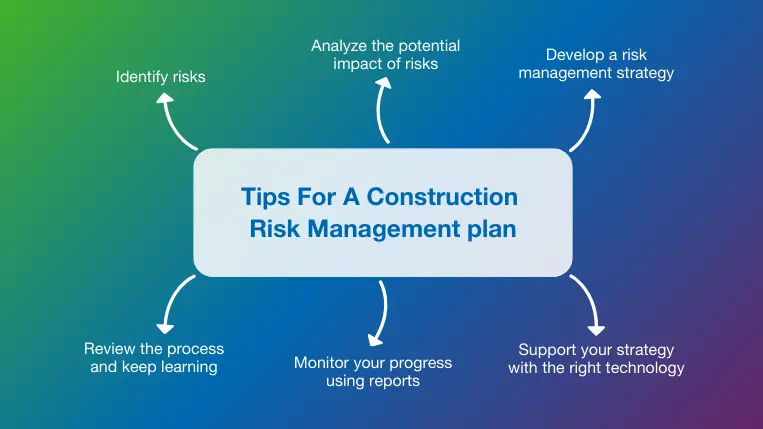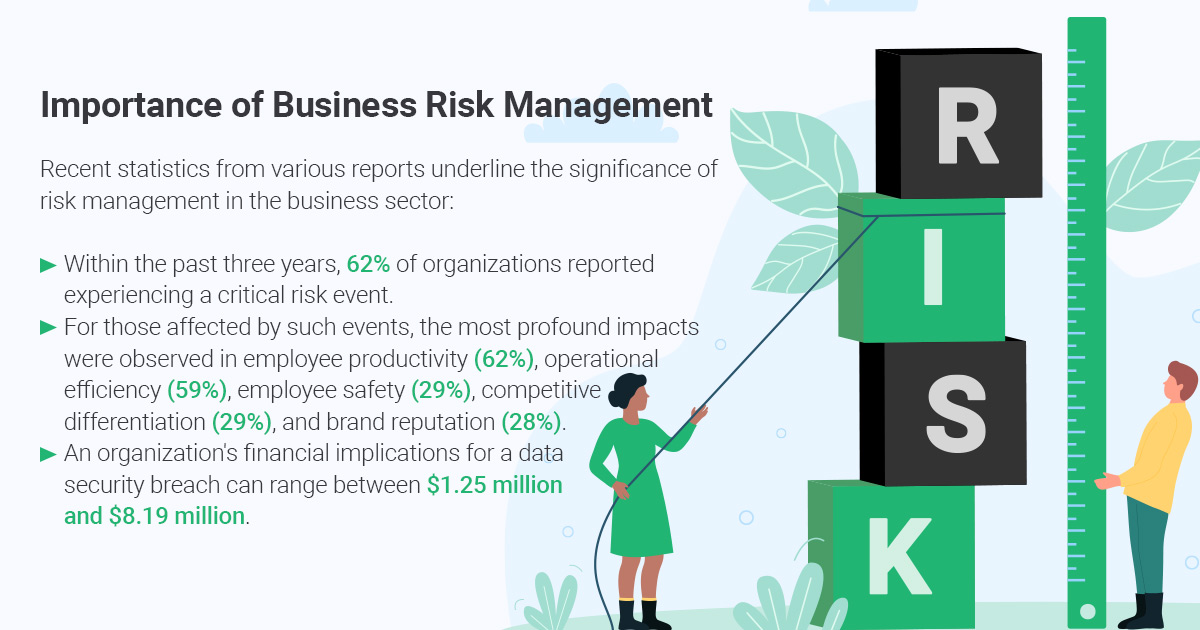How the Importance of Risk Management Facilitates Successful Project Outcomes
How the Importance of Risk Management Facilitates Successful Project Outcomes
Blog Article
Discovering the Significance of Risk Management for Effective Decision-Making Techniques
In the intricate globe of service, Risk Management becomes an important consider the decision-making procedure. The ability to identify prospective threats and chances, and plan accordingly, can mean the distinction in between success and failure. With tools such as SWOT and PESTEL, companies are equipped to make informed options, cultivating resilience and versatility in an ever-changing atmosphere. Wondering just how this works? Let's unbox the dynamics even more.
Comprehending the Idea of Risk Management
Risk Management, an essential element in decision-making, is usually misunderstood or oversimplified. Risk Management includes structured and regimented methods, utilizing information and insightful analyses. From monetary unpredictabilities, legal responsibilities, tactical Management errors, to crashes and natural calamities, it deals with numerous dangers - importance of risk management.
The Duty of Risk Management in Decision-Making Processes
In the world of strategic planning and service operations, Risk Management plays an indispensable role in decision-making processes. It assists in recognizing potential risks and unpredictabilities that can affect the achievement of service purposes. By mapping these threats, companies can develop approaches to alleviate their effect, guaranteeing business connection and security. Risk Management thus ends up being an essential device in decision-making, helping leaders to make informed choices based on a detailed understanding of the dangers entailed. It urges an aggressive strategy, enabling organizations to anticipate and prepare for possible future situations. This dramatically lowers the likelihood of negative effects, advertising more effective and efficient decision-making techniques. Risk Management serves as an essential part in the decision-making procedures of any kind of company.

How Risk Management Boosts Strategic Planning
In the context of calculated preparation, Risk Management plays a pivotal role. Initiating with the identification of possible dangers, it even more encompasses the execution of Risk reduction procedures. The role of Risk Management is not static but dynamic, as it requires continuous surveillance and adjusting of approaches.
Determining Prospective Risks

Carrying Out Risk Reduction
Risk reduction strategies can vary from Risk evasion, Risk transfer, to run the risk of decrease. Each method should be customized to the specific Risk, considering its possible effect and the company's Risk resistance. Effective Risk reduction requires a deep understanding of the Risk landscape and the potential effect of each Risk.
Monitoring and Readjusting Strategies
Though Risk reduction is a critical action in calculated preparation, constant surveillance and adjustment of these methods is equally crucial. This ongoing process permits organizations to determine brand-new risks and reassess existing ones, making sure official website the implemented techniques continue to be effective in the ever-changing service setting. It also offers a chance to review the success of the Risk Management procedures, permitting adjustments to be made where needed, further improving strategic preparation. Reliable tracking and adjustment need using analytics and key performance signs (KPIs) to gauge performance. These tools offer useful data-driven understandings that can inform calculated decision-making. Monitoring and changing Risk Management approaches is a critical element for enhancing a company's strength and critical preparation.
Case Researches: Effective Risk Management and Decision-Making
On the planet of business and finance, effective Risk Management and decision-making usually serve as the columns of thriving business. One such entity is a multinational oil firm that reduced economic loss by hedging against rising and fall oil rates. In an additional circumstances, a tech startup thrived by identifying and accepting risky, high-reward strategies in a volatile market. An international bank, confronted with regulatory uncertainties, efficiently browsed the situation through aggressive Risk evaluation and dynamic decision-making. These cases highlight the value of astute Risk Management in decision-making procedures. It is not the absence of Risk, however the Management of it, that commonly separates successful companies from not successful ones. These cases emphasize the crucial duty of Risk Management in tactical decision-making. importance of risk management.
Devices and Techniques for Efficient Risk Management
These devices, such as Risk signs up and warm maps, aid in identifying and evaluating potential risks. Risk feedback approaches, a crucial element of Risk Management, involve accepting, staying clear of, moving, or mitigating threats. With these devices and techniques, decision-makers can browse the complex landscape of best site Risk Management, thereby assisting in notified and efficient decision-making.
Future Patterns in Risk Management and Decision-Making Methods
As we explore the huge landscape of Risk Management, it becomes apparent that the methods and devices used today will proceed to evolve. The principle of Risk society, where every member of an organization is mindful and involved in Risk Management, will certainly gain a lot more prominence. These patterns declare a more comprehensive and positive approach in the direction of Risk Management and decision-making.
Verdict
:max_bytes(150000):strip_icc()/risk-management-4189908-FINAL-2-976ae194e01848618ca94941ab9d2395.jpg)
Risk Management therefore becomes a vital device in decision-making, assisting leaders to make informed selections based on a thorough understanding of the dangers involved. Risk mitigation strategies can vary from Risk evasion, Risk transfer, to risk decrease (importance of risk management). Effective Risk mitigation calls for a deep understanding of the Risk landscape and the potential influence of each Risk. Risk see page reaction strategies, a vital element of Risk Management, entail approving, avoiding, moving, or mitigating dangers. The idea of Risk culture, where every member of a company is aware and entailed in Risk Management, will certainly get a lot more importance
Report this page